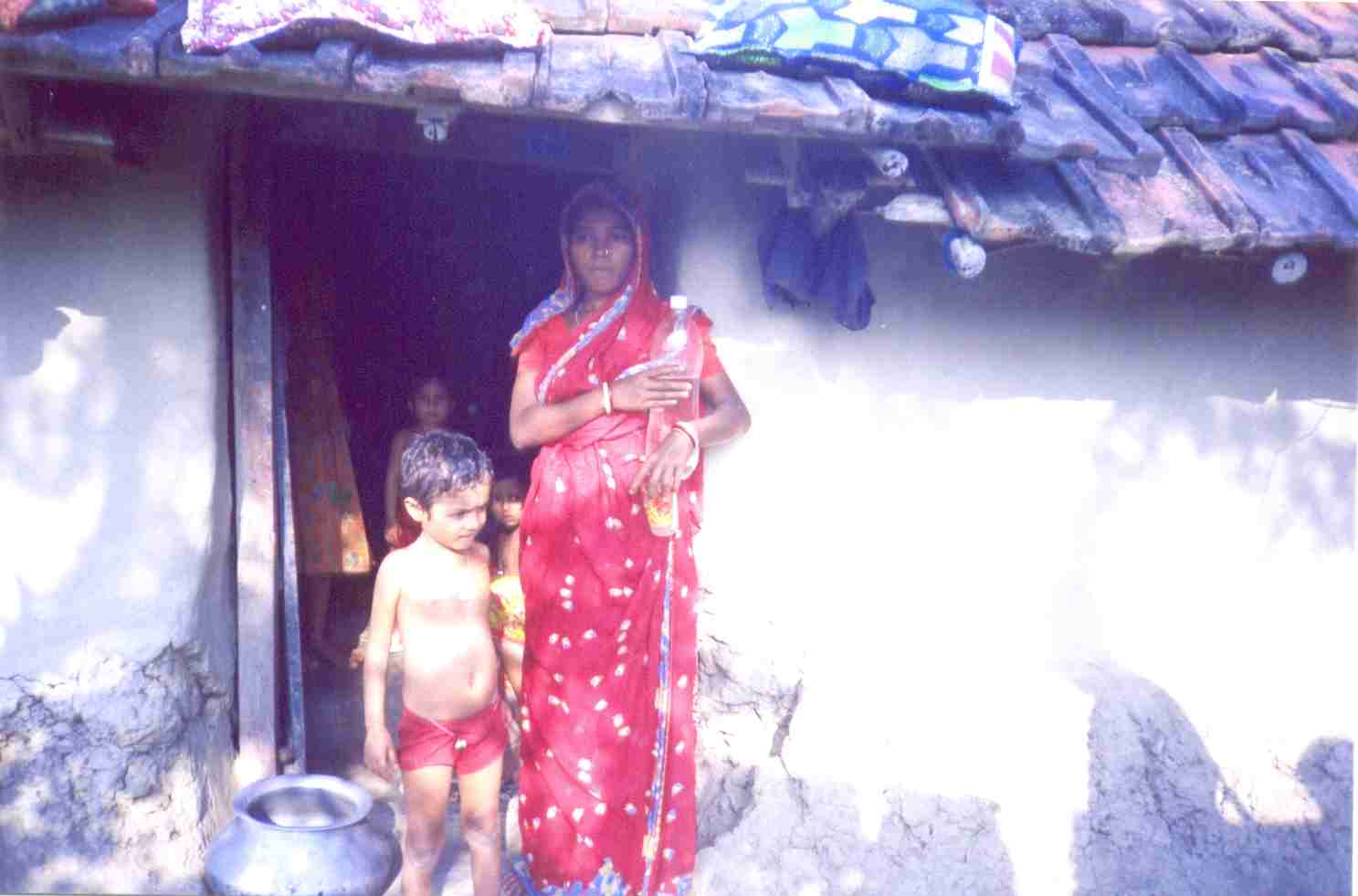The latest research by Climate Central, a US -based climate research and communications organisation, suing CoastalDEM- a new digital elevation model, says that three and a half crore people in India–as against the 50 lakh estimated earlier– could actually be affected by annual coastal flooding by 2050, with large parts of Mumbai, Navi Mumbai and Kolkata getting inundated by the rising sea level. According to the study, coastal flooding will impact 300 million people globally by 2050 and the high tide lines could permanently rise above land occupied by 150 million people, mostly in Asia.
In September 2019, the Intergovernmental Panel on Climate Change (IPCC) Special Report on the Oceans and Cryosphere in a changing climate has warned of an increase in the Category 4 and Category 5 tropical cyclones in a warming world. Warning us about frequent El Nino and La Nina events, which would bring droughts and heavy monsoons respectively, the IPCC tells us of annual extreme weather events by 2050, a 4 mm rise in sea level in 2100 which will cause coastal flooding, posing grave danger to coastal cities even if we confine ourselves to a two degree rise in temperature in future. (given the fact that the world has already recorded a 1.1 degree rise in temperature above pre-industrial levels). Of course, this would be far better than the 15 mm rise in sea level if the world decides to follow business as usual.
Mass migrations on the rise
India has already been facing the worst of climate change, with years of drought in central India, particularly in the Vidarbha and Marathwada regions of Maharashtra, and parts of Andhra Pradesh, prompting many farmers to commit suicide following crop failure. Mass migrations of entire villages is commonplace, as people struggle to survive. In the Indian Sundarbans, the effects of climate change are stark and grim. Islands like Sagar and Ghoramara are losing precious land to the seas, with schools, post offices and fertile farmland being swallowed up. Research by experts from Jadavpur University’s School of Oceanographic Studies have revealed that Sundarbans has been experiencing a 3.24 mm per year rise in sea level as compared to the global mean sea level rise of 2 mm per year, which given its eastward land subsidence, and huge deltaic sediment load, translates into a scenario where coastal erosion is pushing populations into despair.
Naturally susceptible to storms, the Sundarbans is experiencing frequent cyclones of high intensity, with coastal flooding and salinity intrusion destroying precious farmland. Manoj Gayen , who owns a five acre farm in Sagar Island, tells me, “Initially, saline water would affect only the outer boundaries of my farm. But now, nearly an acre is affected. The salt water ingress has increased over the years. Standing water in farms has decreased the fertility, and sowing is affected.”

In Mathurapur, which is further inland, delayed monsoons in recent times have been making the rivulets saline. Since agriculture here is rainfed, the farmers are faced with low-yields now. These factors have seen a high rate of out-migration in Bengal. The earliest environmental refugees, who lost their homes in Ghoramara and other islands, were accommodated by the government in Sagar Island. But those who were subsequently affected, could not be rehabilitated. Even otherwise, islands like K-plot, and G-plot are now just one fourth of their original size. Sagar, the biggest of the islands, has lost two-thirds of its original land. As a result, women- headed households are the norm in most villages.
Agents in search of cheap labour often scour these islands, and whisk able-bodied men and boys to places as far off as Kerala, Tamil Nadu, and even Kashmir. But then, not all such employment may provide relief. The manner in which five farm labourers from Bengal were brutally dragged out and killed by militants in Kashmir is a pointer.
There are cases of exploitation by employers as well. Manoj Gayen’s younger son, Pintu Gayen had been promised a lucrative job in Tamil Nadu by such an “agent”. After travelling to the outskirts of Chennai, the agent introduced him to the owner of a small eatery, where he was employed thereon as a bearer-cum-helper. Thereon, the “agent” “disappeared. Pintu soon realised that he had become “slave” labour, and was not paid for months. Demanding his wages meant getting mercilessly beaten. Since he did not know the local language, returning home was next to impossible. However, Pintu managed to contact his father and inform him of his plight. His elder brother, Santu, who had been working in Kerala since some time, managed to locate him with the help of friends. “The eatery-owner would not let him go. He claimed to have paid money to the “agent.” And hence, we had to pay a goodly sum to have him released,” his father tells me.
Pintu has returned home for now and is on the lookout for another job. He may avoid Tamil Nadu; but Kerala and Karnataka are options he is open to. But conditions in host regions may not be conducive any more. In Bengaluru, people are no longer open to employing Bengalis, as demands for a National Register of Citizens ( NRCs) become shriller by the day, especially with a huge influx into the city from neighbouring Bangladesh in recent times.
Meanwhile, lack of livelihood opportunities and the dire need to survive has made many turn to crime. Trafficking of women and children and drug-running are common, now.
Climate change here to stay
In the past, the eastern seaboard would periodically experience cyclonic storms that would leave farmers in the coastal region distressed. But these have become more intense and frequent. This year, there have been three cyclones in succession affecting both the western and eastern coasts. Every landfall means acres of standing crops getting destroyed, although improved cyclone warning systems have drastically brought down casualties in the cyclone -prone states of Odisha and Andhra Pradesh. Rural distress in these parts, means a host of problems, including child prostitution and sex-trafficking, triggered by out-migration.
In Maharashtra, farmers battling drought in Marathwada for the last few years, have been forced to migrate to the industrial centres of western Maharashtra and the nearly urban conglomerates of Aurangabad and Nagpur. Pune and Mumbai, in turn, feel the pressure of an overstretched infrastructure that is unable to cope with the influx of migrants. This year, untimely rains have played havoc with standing crops all over the state. Bajra, maize and grapes have taken a bad hit, with nearly half the harvest getting destroyed. In such a scenario, rural distress compels a few members of every family to migrate, to keep the rest afloat. It is the same story in western Uttar Pradesh, Bihar and Assam, where yearly floods, and untimely rain are eating into farmers’ savings on a regular basis.
Climate Change is real and here to stay. But to minimise the damage to our land and population, it is important that the government digs in to adopt strong measures under its National Mission for Climate Change. This would mean refraining from groundwater prospecting or sand mining along our coasts, or building within 500 metres of the tidal line. It will also mean taking utmost care to maintain our coastal wetlands, marine ecosystems, and mangroves.
The IPCC’s Special Report on Climate change and Land has outlined the need for improved agricultural practices, land and forest management for mitigation. It is time we paid heed.


 [/column]
[/column]